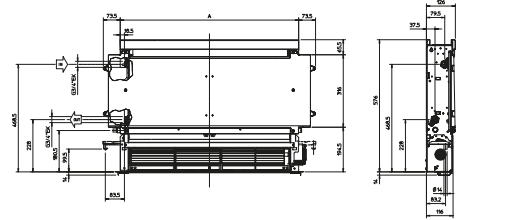Exactly that @billt
Ian Rippin, head of the MCS, is on record as having a stated aim of ensuring that there is only one standardised way to install a heat pump and that it will be MCS that dictate that standard.
The intention of the rules was to allow you to follow a recognised calculation method and, if the estimated noise was acceptable, the heat pump would be permitted development.
MCS have very cheekily, but very deliberately in order to secure their position in the world, written the requirement that you use MCS labour to install the heat pump into the standard. This forces you to employ MCS labour to install your heat pump if it is to be installed under permitted development.
Ian Rippin and his buddies are the friends of anybody except for himself and those large companies that seek to (a) put up barriers to make market entry more difficult for small players and (b) want a standard that ensures nothing other giving them a piece of paper to hide behind.
They’re the perfect partners for our tentacled friends from this perspective. If you’re large you can automate (and indeed ignore; as the MCS wouldn’t dare suspend your registration) production of all the box ticking paperwork. If you couldn’t care less about the performance (because you’re in the business of selling electricity) then you want to have something that you can defend yourself against when the customer notices that not everything you do smells of roses. Perfect buddies.
The days of MCS representing the pioneers of a new industry and seeking to share technical knowledge and best practice etc to improve results such that the industry can grow were over some time ago. They now serve the corporates seeking to limit the expected standards such that they can make bank.
There won’t be a new standard that government recognises. MCS is “deemed” fit for purpose by the government regardless of reality. The emperor has clothes. Any new standards are subject to scrutiny before being “deemed” fit for purposes and therefore have a higher bar to meet / can’t get off the ground.
What I would like to see is a performance related pay option for funding. “Install your heat pump. Prove after a year (or two, if you got it wrong the first time) that you did it right by metering it. If you achieve say 80% of the target sCOP then you get your VAT back and your £7500 taxpayer rebate for installing it.”
Now the DIY crowd can crack on and all your local plumbers can crack on.
Octopus et al can still participate, and indeed advertise the “after rebate” price as the price to the consumer, and they’ll simply have to set aside a pot of money for fixing their f**kups if they want the £7500 and the VAT back. Or they can take a £2500 grant for an “deemed” F-grade on their exam paper rather than an A-grade etc. 







